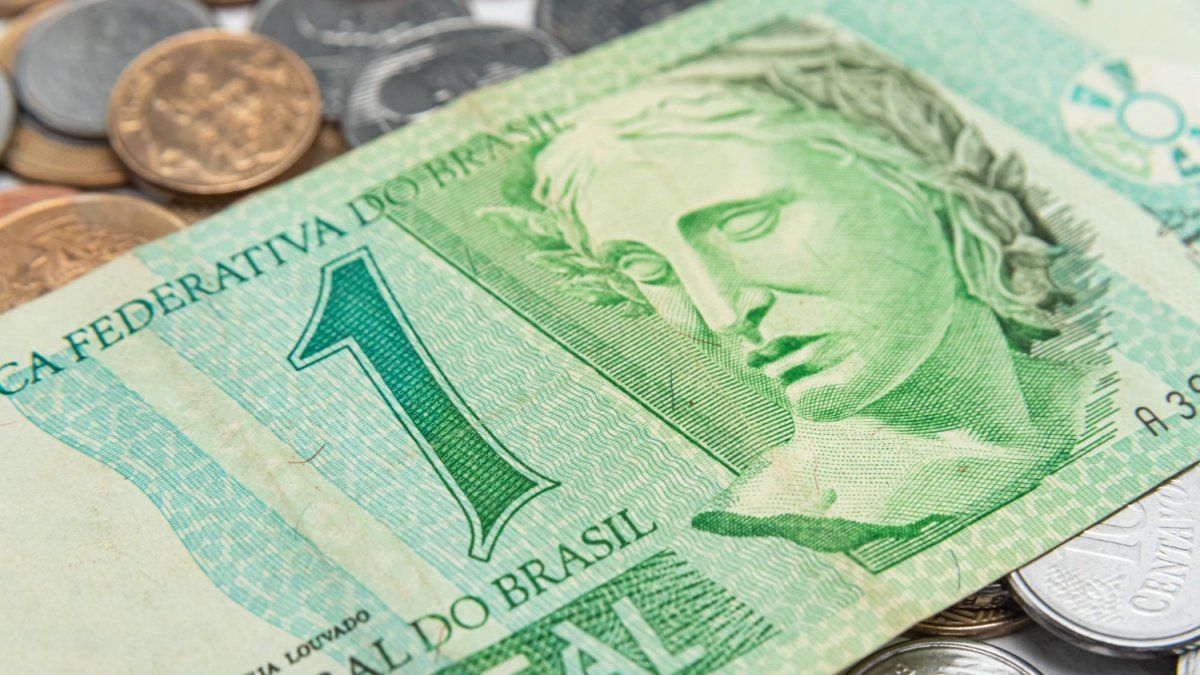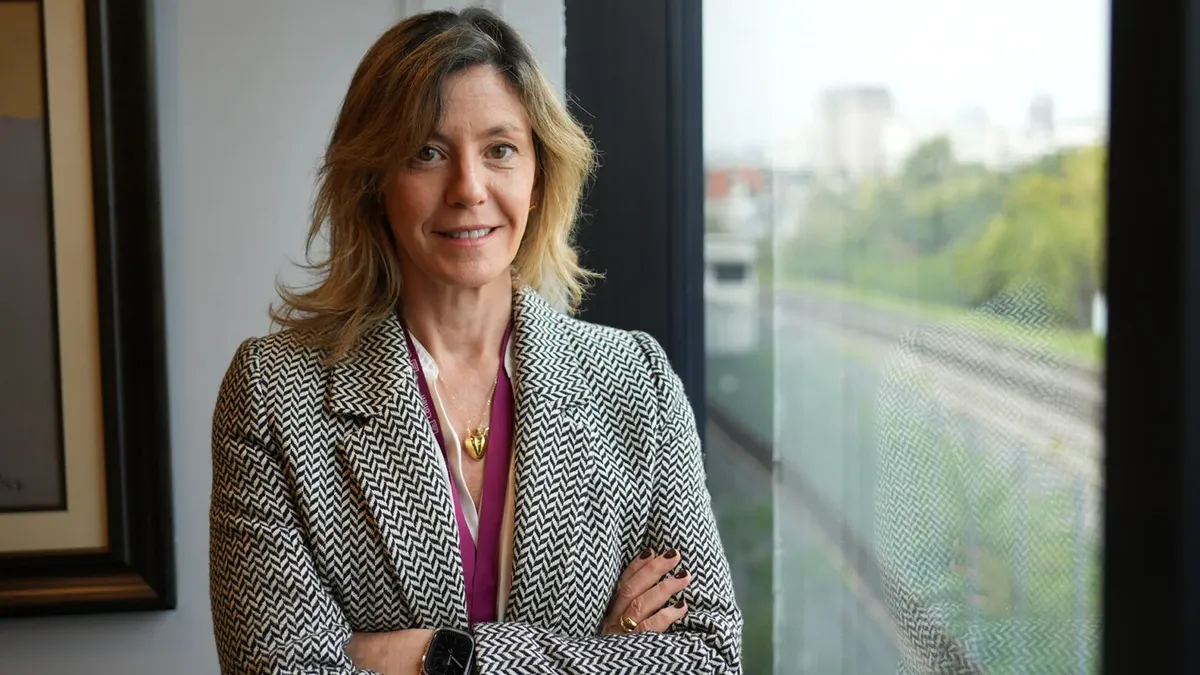I have been working in the news industry for over 6 years, first as a reporter and now as an editor. I have covered politics extensively, and my work has appeared in major newspapers and online news outlets around the world. In addition to my writing, I also contribute regularly to 24 Hours World.
Menu
Coalition formation: The DUZ partners-Merz and Klingbeil to succeed “Damn”
Categories
Most Read
Migration: Headwind for Merz from the SPD after “cityscape” remark
October 17, 2025
No Comments
Nord Stream 2: Schröder defends Nord Stream 2 in the investigative committee
October 17, 2025
No Comments
Thomas Pardeller: Drug allegations against CSU mayor in Bavaria
October 17, 2025
No Comments
Gerhard Schröder testifies: The former Chancellor’s gaps in memory
October 17, 2025
No Comments
Book fair: stern-hour live – Jens Stoltenberg, how endangered is Europe’s security?
October 17, 2025
No Comments
Latest Posts

The Red Cross confirmed that Hamas handed over the remains of another Israeli hostage
October 18, 2025
No Comments
October 17, 2025 – 21:38 The Palestinian militia reported that the recovery of the remaining bodies requires a “specialized team” to extract them from the

Real blue: how much does it operate at this Friday, October 17
October 18, 2025
No Comments
October 17, 2025 – 21:22 The minute-by-minute quote for the purchase and sale of the Brazilian currency in our country. He royal blue quoted to

Anna Cohen: “The concern seen in the market today is more political than long-term”
October 17, 2025
No Comments
Anna Cohenmember of the Organizing Committee of the 61st Colloquium and president of the Cohen Groupchatted with Scope on the role of markets in the
24 Hours Worlds is a comprehensive source of instant world current affairs, offering up-to-the-minute coverage of breaking news and events from around the globe. With a team of experienced journalists and experts on hand 24/7.

